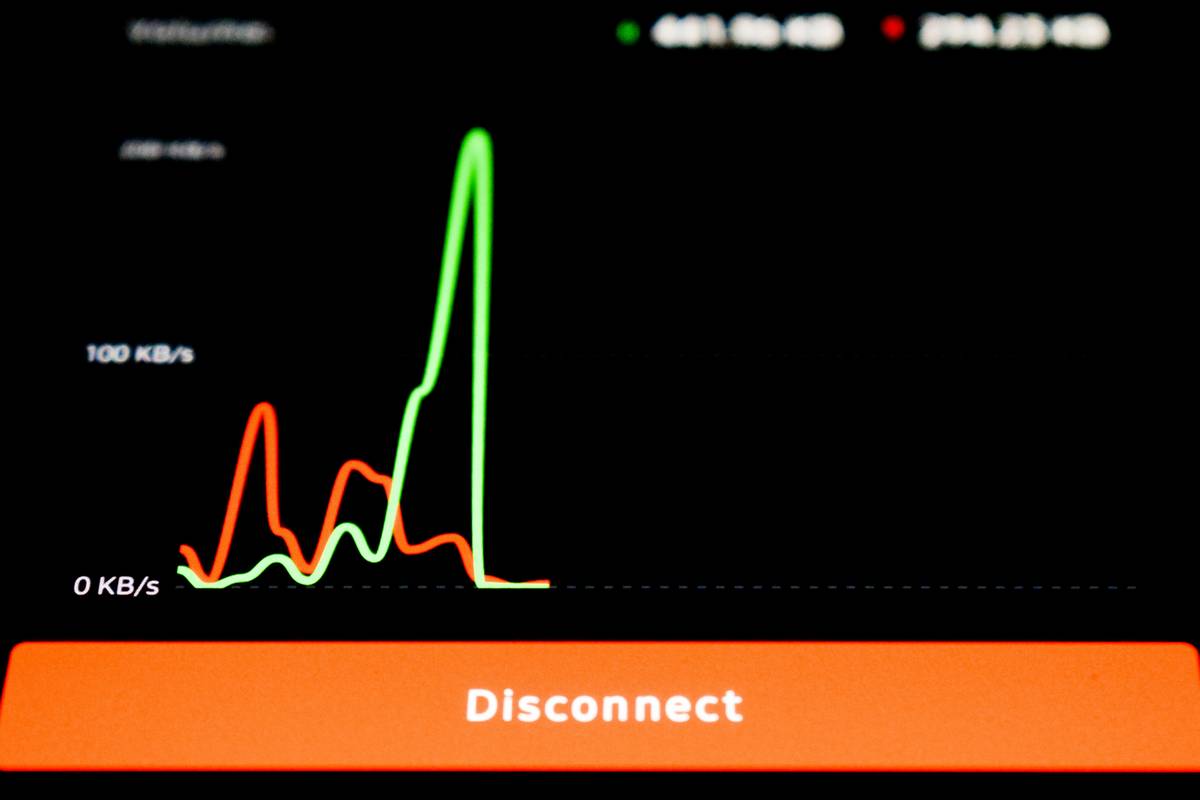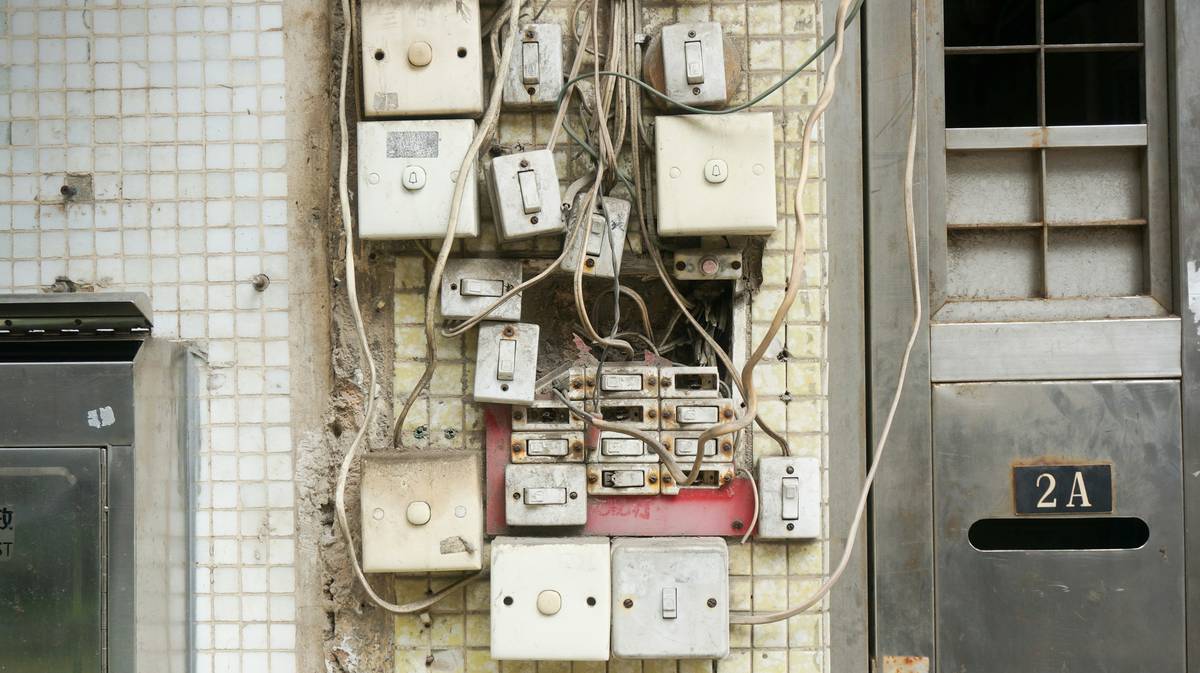Ever had a server crash during a critical update, leaving you staring at an error screen while your heart races? Yeah, we’ve all been there—and it’s not just frustrating; it can be catastrophic. In today’s hyper-connected world, where data breaches cost companies millions and downtime feels like digital death, ensuring systems don’t fail is non-negotiable. But how do you guarantee that your system doesn’t crumble under pressure?
Welcome to your crash course (no pun intended) on reliability testing. This comprehensive guide will delve into strategies for achieving fault tolerance through rigorous reliability testing, complete with actionable steps, tips, examples, and even some good old-fashioned ranting. By the end of this post, you’ll have everything you need to build resilient systems.
Table of Contents
- Key Takeaways
- Why Does Reliability Matter?
- Step-by-Step Guide to Reliability Testing
- Tips and Best Practices
- Real-World Examples
- FAQs About Reliability Testing
- Conclusion
Key Takeaways
- Reliability testing ensures that your system operates reliably despite unforeseen conditions.
- Fault tolerance minimizes risk by providing alternative mechanisms when failures occur.
- Automation tools like Selenium and JMeter play crucial roles in modern reliability testing workflows.
- Avoid overloading systems unnecessarily—it’s a recipe for disaster.
- Case studies show organizations saving millions annually by prioritizing reliability.
Why Does Reliability Matter?
Pain Point Alert: Remember the infamous AWS outage back in December 2021? It brought down major platforms like Netflix, Slack, and Disney+. Just one failed subsystem caused chaos worldwide. Oof.
In cybersecurity and data management, reliability isn’t optional—it’s mission-critical. Without reliable systems, sensitive information becomes vulnerable, businesses lose revenue, and reputations are irreparably damaged. That’s why reliability testing has become synonymous with resilience.

Storytime Confession: I once launched a product feature without proper reliability checks—bad move. Within hours, users reported sporadic crashes. The customer support line lit up faster than Christmas lights on Black Friday night. Lesson learned: test early, test often.
Step-by-Step Guide to Reliability Testing
Optimist You: “Let’s dive into this process confidently!”
Grumpy Me: “Fine, but brew another cup of coffee first.”
Identify Critical Components
Every system has weak points. Start by identifying which components are most likely to fail or cause cascading issues. This could include databases, APIs, load balancers, etc.
Set Up Test Environments
Create realistic environments mirroring production settings. Avoid shortcuts here; they’ll bite you later.
Run Stress Tests
Simulate high traffic loads using tools like JMeter or Gatling. Push boundaries to see where things start breaking.
Analyze Results
Dig deep into logs, metrics, and performance reports. Look for patterns indicating potential bottlenecks or vulnerabilities.
Iterate Improvements
Tweak configurations, optimize code, and repeat tests until results meet desired thresholds.

Tips and Best Practices
- Automate Everything: Use automation frameworks like Selenium or Appium to streamline repetitive tasks.
- Prioritize Monitoring: Implement real-time monitoring solutions such as Prometheus or Grafana for continuous oversight.
- Collaborate Across Teams: Involve developers, DevOps, and security teams early in the planning phases.
- Document Procedures: Keep detailed records of each step taken during testing cycles.
- Terrible Tip Disclaimer: Skipping stages because “we’re almost done” leads directly to failure land. Don’t do it.
Real-World Examples
Case Study: Amazon EC2
Amazon invested heavily in reliability testing after facing severe criticism from past outages. Today, their cloud services boast impressive uptimes thanks to meticulous reliability protocols. They leverage chaos engineering principles, deliberately injecting faults to observe system responses—an approach worth emulating.

FAQs About Reliability Testing
What Is the Main Goal of Reliability Testing?
It aims to uncover weaknesses within a system so improvements can ensure uninterrupted service delivery.
How Often Should Reliability Tests Be Conducted?
Ideally, every time significant changes are made to the system architecture or software stack.
Can Small Businesses Afford Comprehensive Reliability Testing?
Absolutely! Leveraging open-source tools makes it feasible even for smaller enterprises.
Conclusion
Buckle up folks—forget flashy launches if reliability’s absent. Systems must stand strong amidst unpredictable storms. With diligent reliability testing practices anchored firmly in place, achieving robust fault tolerance becomes achievable.
Remember, like caring for a Tamagotchi circa 2003, maintaining reliable tech demands daily TLC. Now go forth and fortify those systems!
Haiku Time: Systems falter not, When tested well—they thrive. Reliability reigns.


